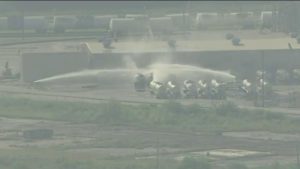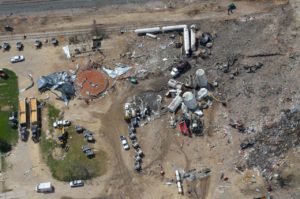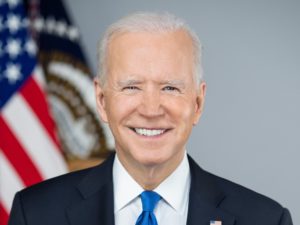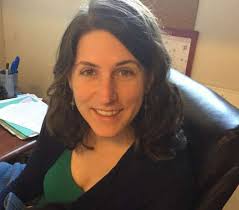We Need Protection from Chemical Disasters Now
Deadly La Porte incident underscores urgency of threat
By By Stephanie Thomas

A 2016 Houston Chronicle report found that a chemical disaster occurs in the Houston area once every six weeks. If you live near the Houston Ship Channel, you may have noticed that chemical leaks, spills, and other disasters have been particularly noticeable over the past couple of weeks.
Just last night, two people died and at least thirty were hospitalized due to a chemical leak at the LyondellBasell facility in LaPorte. That tragic disaster, combined with a garlic-like stench that lingered for days around Jacinto City, North Shore, and Galena Park, and an evacuation/shelter-in-place called for residents in La Porte last week, means the Houston region has experienced multiple chemical disasters that have affected people living near the Ship Channel this summer. In fact, the past several years have been littered with high impact chemical disasters that sent plumes, chemicals and odors across the sky, polluted the land and water, and left people fearing for their health and safety.
The History of the 2017 Chemical Disaster Rule
It wasn’t supposed to be like this. After a massive explosion in the town of West, Texas left more than a dozen dead and more than 150 injured in 2013, the Obama Administration went to work to improve chemical safety. In early 2017, Obama’s EPA promulgated what is called the 2017 Risk Management Program Rule, also known as the Chemical Disaster Rule. This rule updates chemical safety standards to prevent disasters and allow for a better response when disasters strike. The EPA worked with industry, community members, and advocates to create this rule.
with industry, community members, and advocates to create this rule.
However, when Trump took office, he put this rule on the chopping block to placate his corporate cronies. Under Trump, the administration first delayed the implementation of the Obama-era rule. In 2018, a court ruled that the delay was unlawful. Yet the Trump administration continued to force the issue and ultimately revoked the Chemical Disaster Rule in November 2019. This revocation occurred less than one week before the TPC explosion in Port Neches, TX, which injured local residents and caused severe damage to homes within the blast zone.
Biden’s EPA Seeks to Do More
The current administration is revisiting the Chemical Disaster Rule. Earlier this month, the EPA held two listening sessions where community members, advocates, unions, and industry discussed ways to better protect industrial workers and community members. 
Many people,myself included, raised concerns not only about inadequate safety protections, but also about how the climate crisis will continue to increase risks of chemical disasters. (Check out my testimony here). Exacerbated by climate change, Hurricane Harvey unleashed record-breaking amounts of rainfall across southeast Texas, which is home to some of the largest petrochemical facilities in the country. The intense rainfall damaged infrastructure, flooded facilities, and caused chemical releases and explosions.
Hurricanes and floods are not the only extreme weather to damage chemical facilities. Droughts, wildfires, and polar vortex-related winter storms, among other kinds of severe weather, create tremendous damage to industry–and to communities.
For decades, meaningful climate action has been stalled by corporate-fueled denialism. As the climate crisis worsens, the EPA must have sensible safeguards in place to prevent climate-related chemical disasters.
Join Public Citizen in Supporting Stronger Protections for Communities and Workers
The EPA wants to hear from you about your concerns and solutions for chemical safety. You can join us in making your voice heard about the importance of prioritizing the health and safety of our communities. Add your signature here by Friday July 31st to urge the EPA to strengthen protections around chemical safety.
 Dr. Stephanie Thomas is Public Citizen’s researcher and organizer in Houston.
Dr. Stephanie Thomas is Public Citizen’s researcher and organizer in Houston.